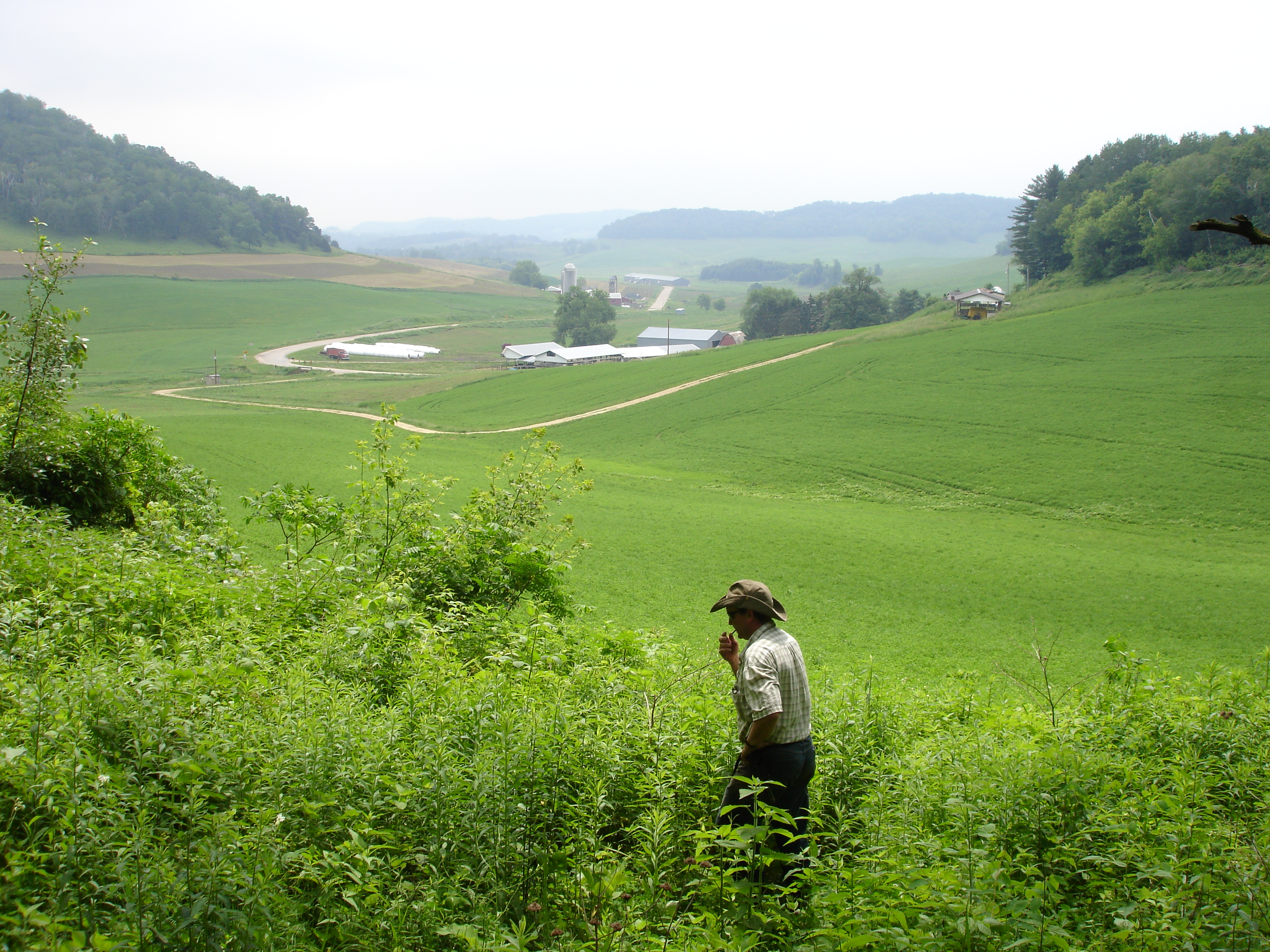UW Discovery Farms has published a new report titled, Lessons Learned from Bragger Family Dairy: How farm management influences water quality in a challenging, diverse landscape.
How do farm fields impact nearby streams? How do soil and nutrient losses from cropland compare to losses from pasture or woodland? Is there such a thing as zero loss? Can numbers from working farms be useful to policymakers? What practices are effective in reducing soil and nutrient loss? The UW Discovery Farms® Program was founded in 2000 to answer these questions, and its first project, located on Bragger Family Dairy, did just that. The project was the perfect blend of ideal sites and exceptional partnerships and provided reliable, actionable water quality data for landowners and policymakers that is still being used today.
Findings:
- Both watersheds lost soil, phosphorus, and nitrogen. Average monthly losses while the ground was frozen and after crop canopy was established were similar between the two sites.
- Soil and phosphorus were mostly delivered to the stream in May and June during storms.
- A grade stabilization structure dam reduced the amount of soil delivered to the nearby stream.
- By the end of the study, baseflow nitrate concentrations at the north site were similar to the south site, showing that targeted nutrient stewardship makes a difference.
- Manure impacted phosphorus and nitrogen loss on two out of 2,557 days monitored, illustrating that timing of manure application matters.
Read the newly published report with study design details and graphs that highlight the findings here.
- 2017 by the numbers - January 23, 2018
- Tile Drainage in Wisconsin publication updated - September 11, 2017
- Discovery Farms – Proactive progress for today and beyond - June 1, 2017

